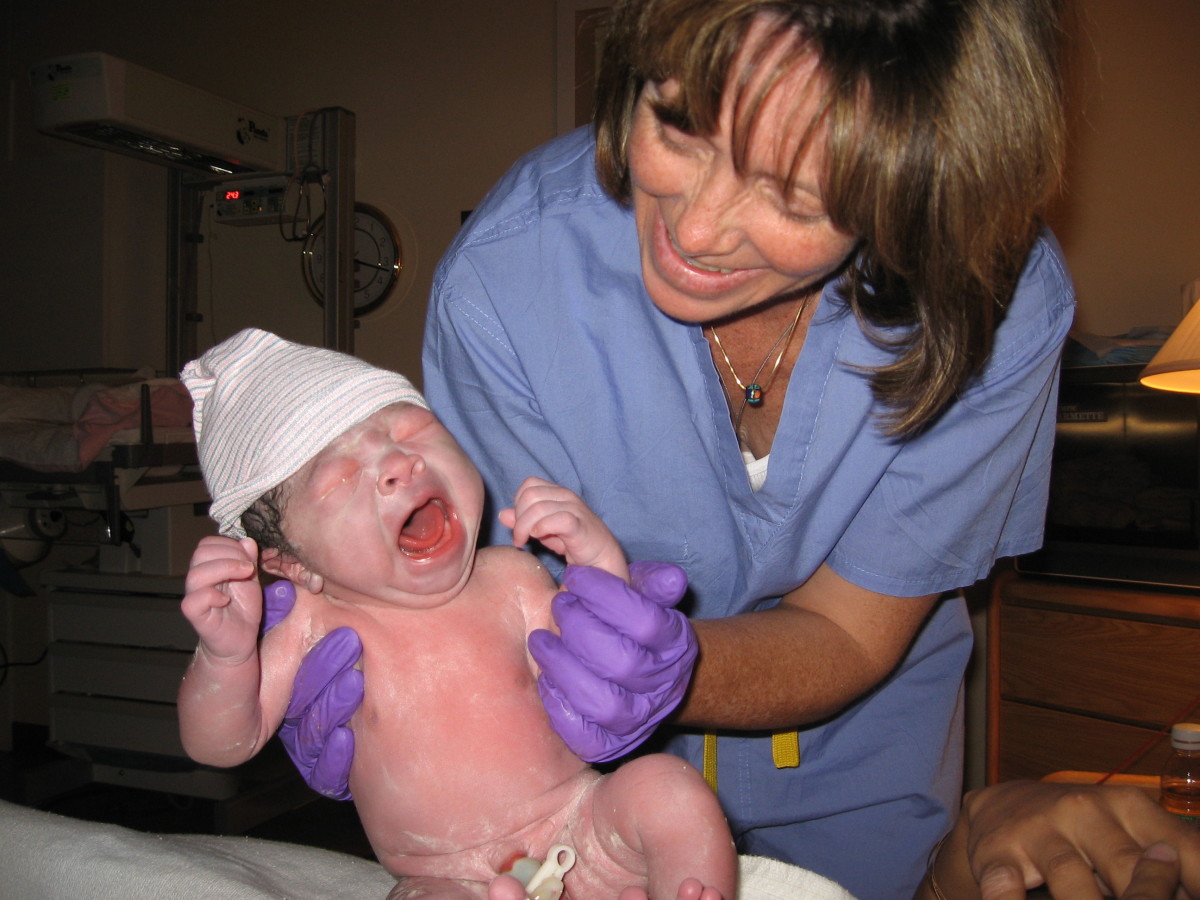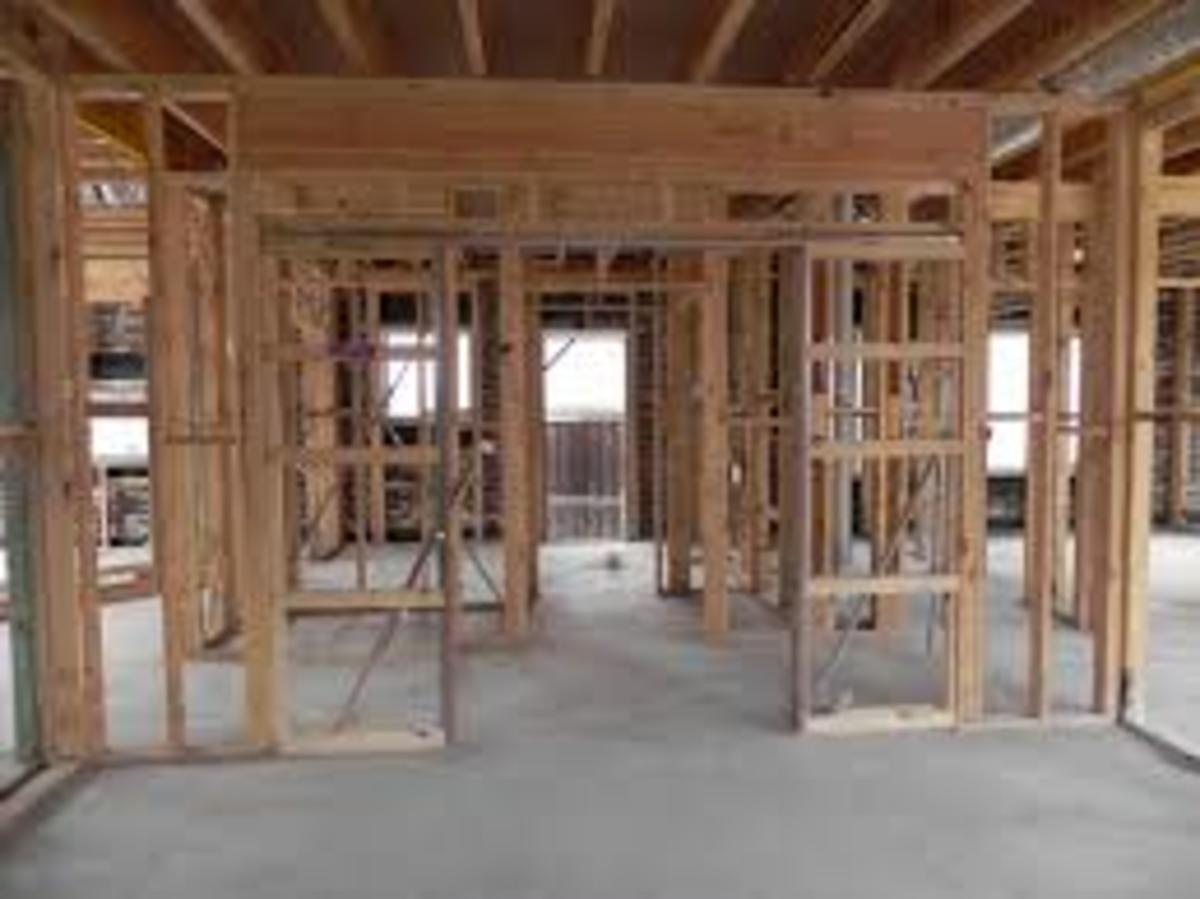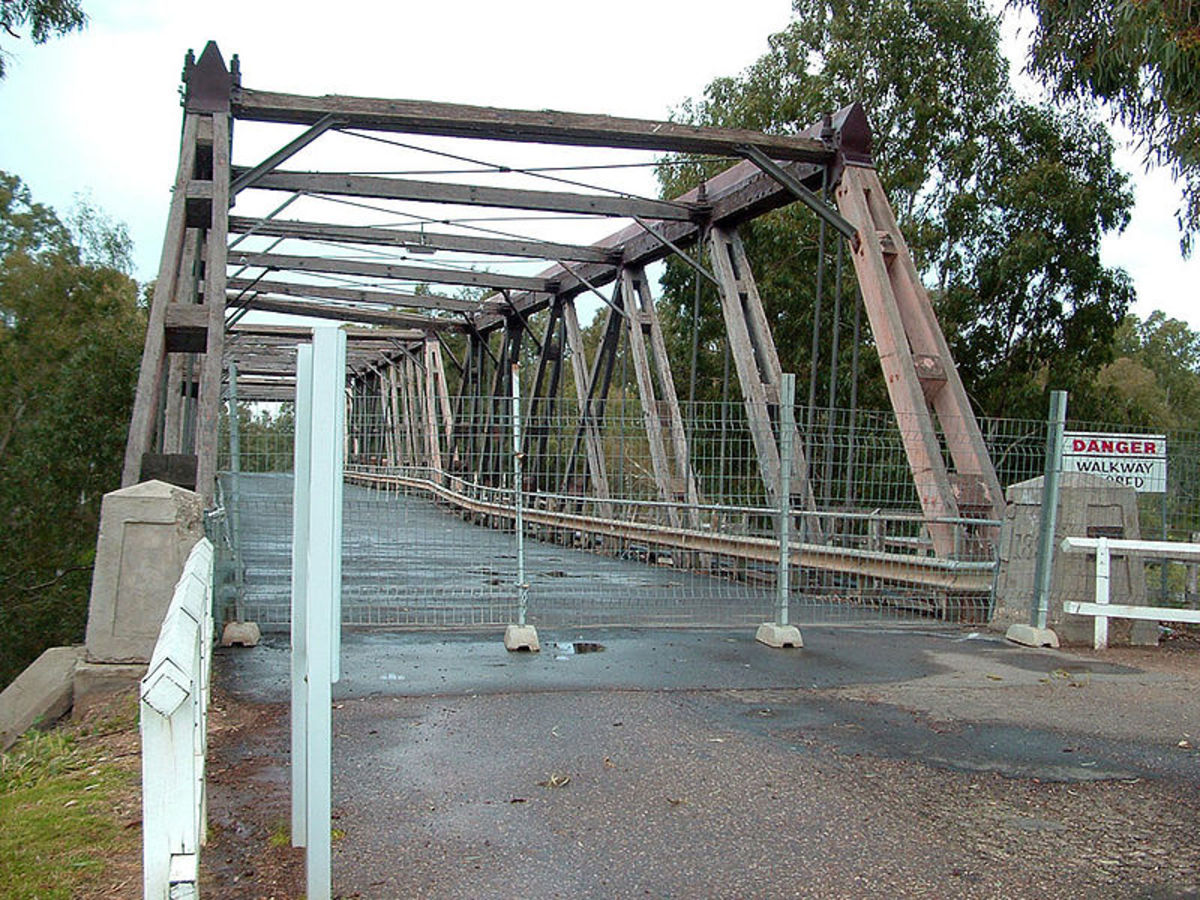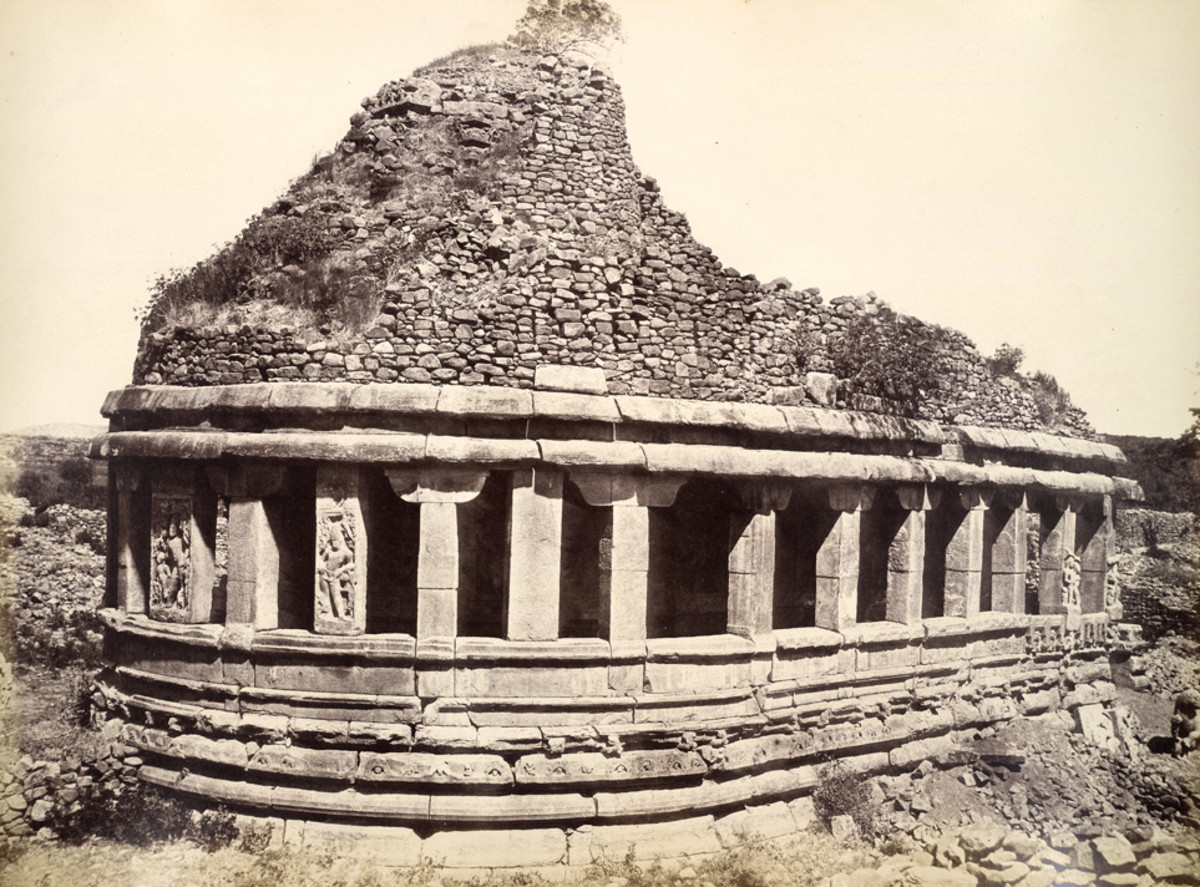Healthcare Lighting
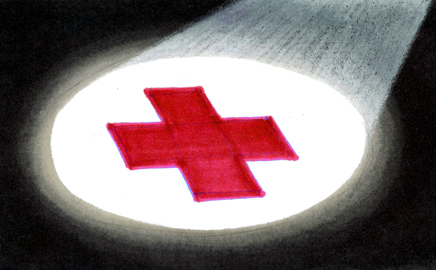
You’ve probably always assumed that lighting is just lighting. But the healthcare environment has particular lighting needs, and patients, staff and visitors can all benefit from improved lighting solutions geared to the healthcare setting. This architect will explain how.
Healthcare lighting must first meet the requirements of all lighting: providing suitable life-cycle performance, and maximizing energy efficiency, while providing light of proper location, intensity, and quality. But the dynamic and ever-evolving nature of healthcare facilities also requires that lighting schemes be flexible and adaptable to change over time. Fixtures and systems in healthcare facilities must also meet stringent requirements of life-safety and user protection, and may be constrained by space or location limitations. Healthcare lighting must also most often be interwoven with natural daylighting to provide a nurturing and healing environment, one that relaxes and soothes. Further, healthcare lighting must serve many disparate user groups: patients, families, medical professionals, healthcare staff and maintenance personnel. And, since many healthcare facilities are large complexes, with vast numbers of somewhat identical rooms, offices, hallways and waiting rooms, healthcare lighting must assist in creating an effective wayfinding system for all. Finally, since the majority of patients in many healthcare settings (as well as a good percentage of staff and volunteers) may well be aged, lighting design must accommodate failing vision and acuity. Cast your vision on rickzworld.
Healthcare lighting design must first focus on the many task-oriented lighting needs of the environs under consideration. What tasks are being conducted, for how long, where and by whom? What are the lighting users’ ages, positions, postures, and specific task needs? How difficult, tiring, and demanding of attention, focus, accuracy and speed are those tasks? Is there need for longer-term flexibility or adaptability of the task or the lighting? What other ambient or background lighting is necessary or appropriate? Can task lighting serve multiple purposes? What degree of lighting control is required? and by whom?
There are also very specific design goals that should be incorporated into any effective healthcare lighting scheme:
• Where possible, daylighting should be incorporated, both for its proven therapeutic effect, and for a more inviting, less intimidating environment (as well as for energy savings).
• Spaces should be glare-free and free of extreme contrasts of brightness, with attractive, ] layered and hidden-source lighting that establishes a clear, inviting and comforting, somewhat upscale, ambience. Indirect lighting often offers advantages over direct lighting.
• Lighting should be varied along one’s journey through the healthcare facility, offering visual interest and visual relief in a choreographed arrangement. Where medical staff is concentrated at tasks, uniform light levels can facilitate operations and minimize fatigue.
• Where patient care and direct attention to medical procedures are paramount, the type and degree of lighting controls and their placement become as important as the lighting itself. So too do the light color quality, intensity, location and orientation of luminaries.
• In patient rooms, the overall lighting design must accommodate a number of different, and sometimes conflicting, demands: patient comfort; patient mobility; bathroom illumination; reading or television; examination by medical staff; medical procedures; staff monitoring; family or visitor needs; daylighting; nightlighting; and so on.
There are a number of professional organizations that can assist in sorting out the best practices for healthcare lighting. These include the American National Standards Institute (ANSI) and the Illuminating Engineering Society of North America (IESNA), which have formulated ‘Lighting for Hospitals and Healthcare Facilities’ to set forth reasonable standards. The American Society of Heating, Refrigerating and Air-Conditioning Engineers (ASHRAE), in conjunction with IESNA, has also promulgated Minimum Energy Efficiency Requirements for lighting controls and lighting power characteristics. Further guidance on outdoor lighting is offered by the Dark Sky Initiative.
- Move Air to Save Energy
Who hasnt enjoyed the cooling breeze across a sunny veranda? - Double Glass Walls in Architecture
Weve all heard how important it is to use double-glazed or even triple-glazed windows in our homes and offices. - Sustainable Commercial Buildings
There may be far better ways to construct them. - Create an Architectural Rendering
Come create this rendering along with me! Ever imagined yourself creating one of those 'artist's conceptions' of a new building, landmark or monument? Well, creating an architectural rendering may not be as difficult as you've imagined. Follow... - Winthrop House, Harvard University
Courtyard of Gore Hall, Winthrop House, Harvard University Formally known as John Winthrop House, this pair of five-story brick colonial-style structures constitutes one of Harvard University’s twelve undergraduate residences. With school-term... - Devon Rex Cats
Classic Devon Rex Characteristics by rlz If you happen to be looking for a friendly, affectionate, intelligent, good-tempered and relatively maintenance free cat for a pet, you can't do much better than a Devon Rex. Pictured above is Miracle, a... - Nautica Pavilion, Cleveland, Ohio
Nautica Pavilion, Cleveland, Ohio Situated below the Cleveland skyline, on the western bank of the Cuyahoga River, the Nautica Pavilion offers a unique and enjoyable summer entertainment venue. The Nautica Pavilion was developed as a component of... - Cleveland's Justice Center
Cleveland's Justice CenterOntario Street & Lakeside Avenue, Cleveland, Ohio Lakeside Ave E & Ontario St, Cleveland, OH 44113, USA The City of Cleveland/Cuyahoga County Justice Center is a substantial development in neo-Brutalist... - Voinovich Bicentennial Park, Cleveland, Ohio
Voinovich Bicentennial Park, Cleveland, Ohio East Ninth Street, one of the primary north-south business arteries of downtown Cleveland, runs all the way to Lake Erie’s southern shoreline. On its way, the busy street threads through the many... - Designing Parking Lots
With virtual seas of asphalt seeming to stretch from horizon to horizon, some would say we have sacrificed far too much of our world to the automobile. But the effective design of parking lots is essential to the proper functioning of 21st Century... - Crocker Park, Westlake, Ohio
Crocker Park, Westlake, OhioCrocker Park Boulevard, Westlake, Ohio Crocker Park Blvd, Westlake, OH 44145, USA An impressive lifestyle center with high-end shops, restaurants, bars, offices and apartments. Opened in 2004, Crocker Park in Westlake,...


